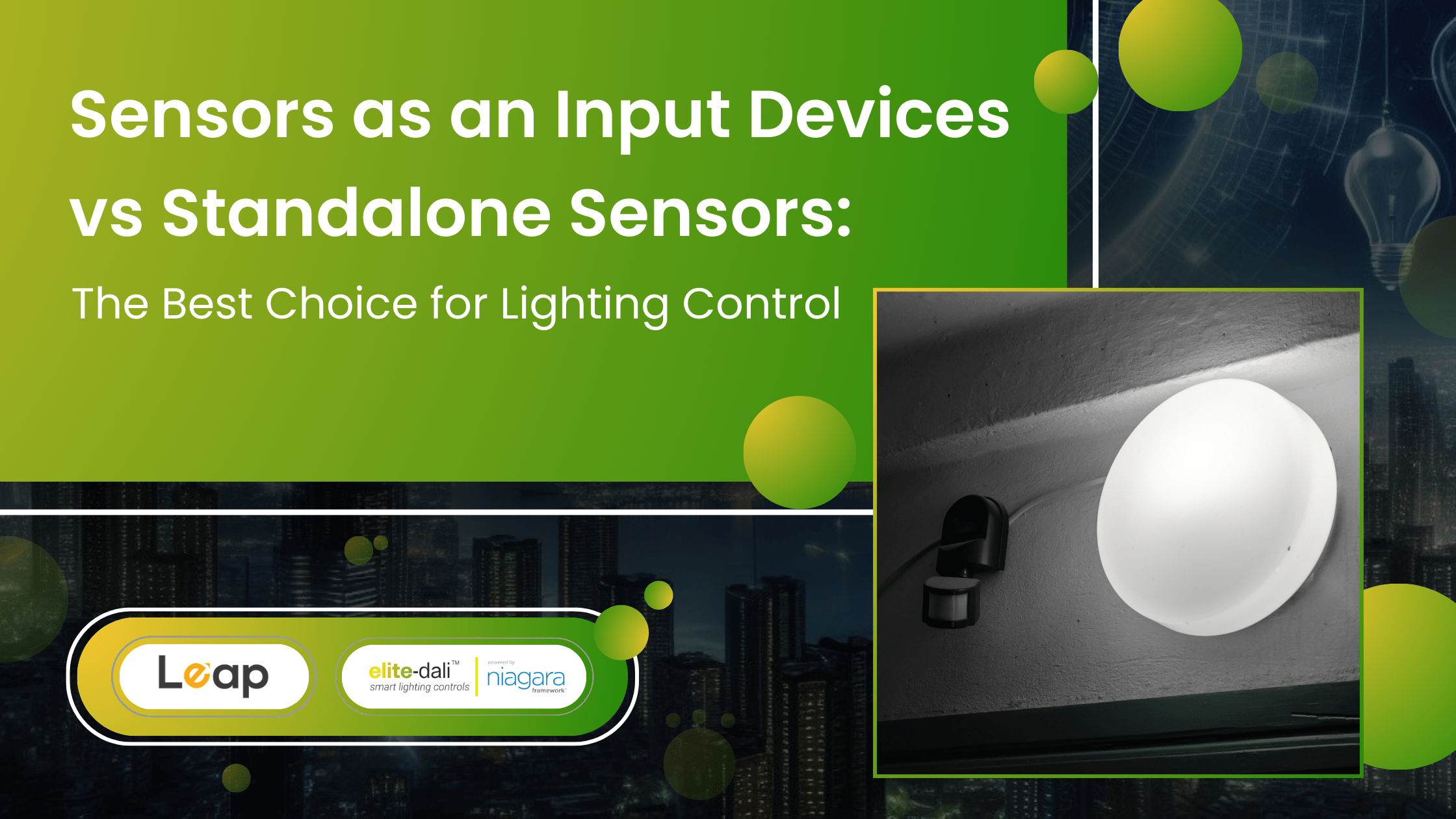Understanding DALI Dimming and It’s Advantage Over Other Dimming Systems
In plain simple English, dimming means to reduce the maximum intensity of any ballast or fixture. In DALI compatible fixtures, dimming control is provided to implement the functionality of this feature. The dimming control in DALI control systems can either be a solitary solution for a single compatible device, or a small zone, and it can even be used to automate the dimming of lights in a wider commercial space. Talking about the prerequisites of a dimming system, one must note that not all fixtures have DALI ballasts. Thus, you’ll have to check this while buying whether the lamp is DALI dimmable or not in the first place.
At this point, some of you might feel that there are several other kinds of pre-existing systems where the light intensity can be diminished over a large space. So, why is there so much buzz about DALI dimming systems all of a sudden? The fact that DALI systems build upon pre-existing knowledge and take it a step ahead is the reason why people are talking about it more than ever. With DALI dimming systems, you get to access light intensity controls for even an individual device connected in a large arrangement. Popular systems like analog (1-10V) and DSI were efficient too, but individualized control of lights was not available, drastically limiting their utility for group-based arrangements only.
What’s further interesting to note is that even with this added benefit, DALI dimming systems have a less expensive wiring setup.
Table of Contents
DALI Dimming Vs Other Kinds Of Dimming
● Phase Dimming
The simplest but also the crudest form of light dimming is called phase dimming. Here the control is accessed by tweaking the mains voltage directly, where the shape of the sine wave of the alternating current is changed to reduce the intensity of the light. For this type of dimming, one does not require elaborate dimming control wires. But the fact that this arrangement does not work well with modern-day LEDs, makes it important for us to search for better alternatives. Even with LED phase dimming lamps, one does not see a reduction in light intensity below 30%.
● DALI Dimming
For DALI dimming wiring, a two-core control cable is required. With these lighting control systems, we can digitally reconfigure the lighting circuits within certain parameters even after the primary installation is done. DALI lighting is set to give the finest lighting control for LED downlights, LED accent lights, and LED linear systems. Further, among all other dimming systems available today, these ones provide the widest dimming range possible. With advancements, the newer DALI versions have been empowered to provide control for RGBW, and Tunable White luminaries as well. Simple color change applications are very efficiently implemented with DALI dimming ballasts.
● DMX
DMX requires a specialist control cable for the setup and is more expensive than the other forms of lighting control. The system is very well addressable using its interfaces and has the capability of providing even complex color change applications. Underwater swimming pool lighting or the lighting for a home theater system is the best examples where DMX is used predominantly. Professionally designed systems use DMX very commonly today. However, the fact that the setup is quite expensive makes the other alternatives more approachable for people.
What Is A DALI Driver?
An LED driver that receives and processes the input from DALI systems is called a DALI driver. Besides having the neutral and live terminals, a DALI driver has a DA for connecting the DALI bus. However, knowing the DALI driver meaning alone will not help you choose the right driver. Nowadays, drivers carry the DALI logo which in itself is an assurance that a particular driver has been subjected to standard certification process.
Dim To Dark In DALI Systems
When DALI is used in conjunction with high-quality LED drivers, it gives you the power to reduce the maximum intensity of lights up to 0.1%. The older or less sophisticated LED dimming methods like the phase dimming technique does not provide such high levels of efficiency. The reason why this specific feature of DALI dimming is important is because it reflects how well these systems can match the requirements of the human eye.
Since we have a very nonlinear eye sensitivity pattern, the lighting control systems should be capable of dimming to at least 1%. Scientifically, a dimming of about 10% is still perceived by our eyes as the 32% brightness level, making the dim to dark feature of DALI systems an absolute game-changer.
DALI Dimming Curve
The primary reason why DALI lighting systems are the best suited for the non-linear nature of human eye sensitivity is that they follow a logarithmic dimming curve. Not having a linear dimming pattern makes the light intensity transition very smooth, such that we do not notice visible dimming steps as such, but the overall influence is very much perceivable.
elitedali For DALI Implementation
Be it a commercial or industrial space, elitedali guarantees the best implementation of DALI control systems. Offering native solutions for all types of buildings, elitedali ensures that the complexity of using third-party gateways for integrating DALI is completely eradicated. Explore smooth and enjoyable transitions of light intensity with our perfect and pocket-friendly DALI-centric services.








